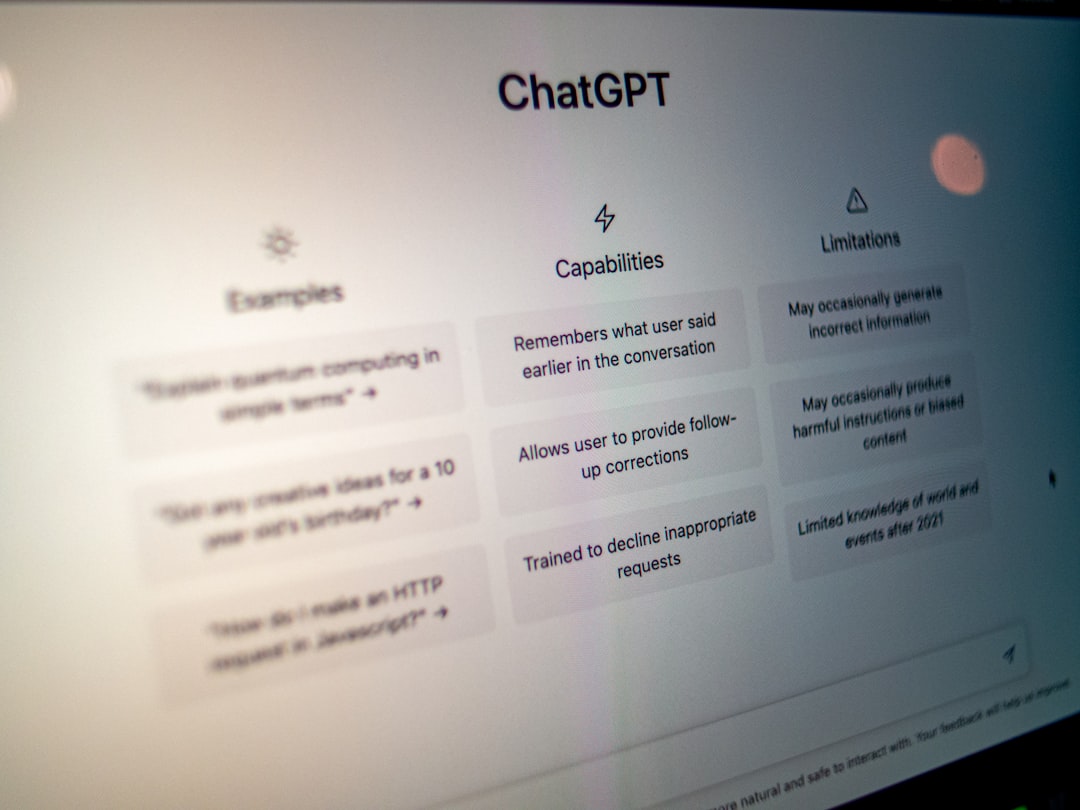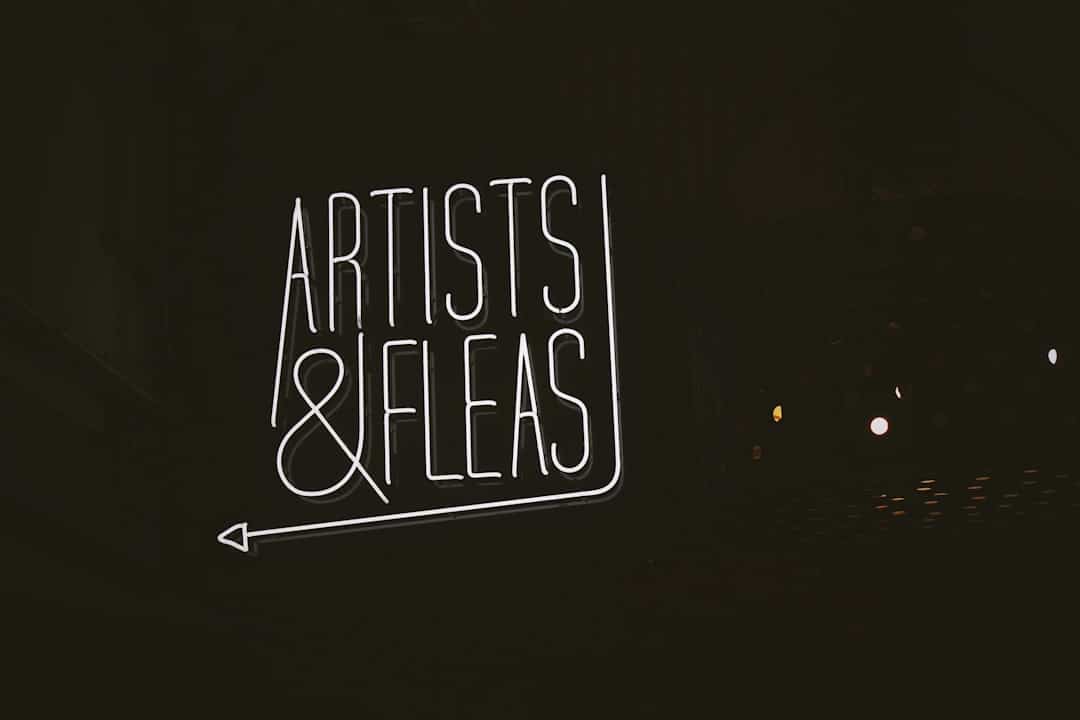
Are there any limitations to using AI for logo design?
In recent years, artificial intelligence (AI) has revolutionized many aspects of design and marketing, particularly in the realm of logo creation. With the introduction of AI-powered design tools, companies and individuals now have access to instant, customizable logo solutions that seem both efficient and cost-effective. However, while AI undoubtedly enhances the design process, there are several notable limitations to consider when using it for logo design.
The Strengths of AI in Logo Design
Before addressing the limitations, it is worth acknowledging the legitimate benefits of AI in design. Key advantages include:
- Speed: AI tools can generate numerous logo options in seconds.
- Cost-effectiveness: These platforms often come at a fraction of the cost of hiring a professional designer.
- Accessibility: Individuals with no design background can participate in the creative process.
- Customizability: Many platforms allow users to tweak colors, typography, and layouts.
Yet, for all these benefits, certain constraints remain that can limit the long-term value and uniqueness of AI-generated logos.
Constraint #1: Lack of Genuine Creativity
AI operates on algorithms trained from pre-existing design data. While it can replicate and recombine styles, it cannot originate ideas in the way a human designer does. This often leads to logos that feel generic or overly templated.
True creativity involves emotional context, cultural nuance, and innovation—elements that AI struggles to grasp and apply. Human designers are capable of interpreting a company’s mission and values to produce logos that tell a compelling and original story. AI, on the other hand, focuses more on aesthetics and less on meaning and differentiation.

Constraint #2: Limited Brand Integration
Logos are not simply visual placeholders; they are the cornerstone of a brand’s identity. Good branding considers how a logo will work across various platforms, sizes, and media channels. While some advanced AI tools offer mockups or previews, they do not truly understand the broader branding strategy behind a business.
A designer will integrate your logo into everything from business cards to websites, adjusting the visual harmony to suit different contexts. AI tools primarily focus on aesthetics in isolation, often failing to reflect a brand’s ethos or future marketing objectives. As such, businesses risk a disjointed or inconsistent branding experience.
Constraint #3: Copyright and Ownership Concerns
This is a significant issue with AI-generated images and logos. Many platforms operate under complicated user agreements regarding ownership. In some cases, logos generated by AI may include design elements sourced from databases or training sets that may not be fully licensed for commercial use. This can expose businesses to legal vulnerabilities.
In contrast, working with a professional designer typically entails a clear contract outlining ownership and usage rights. A custom-designed logo also minimizes the risk of resembling other trademarks or existing brand identities.

Constraint #4: Risk of Repetition and Similarity
AI tools rely on large databases of existing logos and design elements. Consequently, they tend to recycle styles, shapes, and color combinations. This increases the chances of two unrelated brands producing logos that look strikingly similar, reducing uniqueness in the market.
In industries where brand distinction is critical—such as fashion, technology, or luxury goods—this similarity can be a significant disadvantage. It can dilute a company’s visual identity and make it harder to stand out from competitors.
When AI Might Still Be Useful
Despite its limitations, AI can serve a purpose in specific scenarios. Startups with tight budgets, freelancers seeking temporary logos, or individuals testing different brand concepts may find AI-generated logos to be a practical solution. Additionally, AI can be an excellent prototyping tool before approaching a professional designer for refinement and execution.
However, businesses that prioritize long-term brand equity and want to develop a professional, unique image would be better served by human design expertise.
Conclusion
AI has made logo design faster and more accessible, but it is not without its drawbacks. Lack of originality, insufficient brand integration, copyright concerns, and risks of design repetition are critical issues that can impact a brand’s credibility and distinctiveness over time.
For complete and sustainable brand development, AI should be viewed as a complement to—rather than a replacement for—creative professionals. Businesses must weigh the convenience of automation against the strategic benefits of human insight and design craftsmanship.